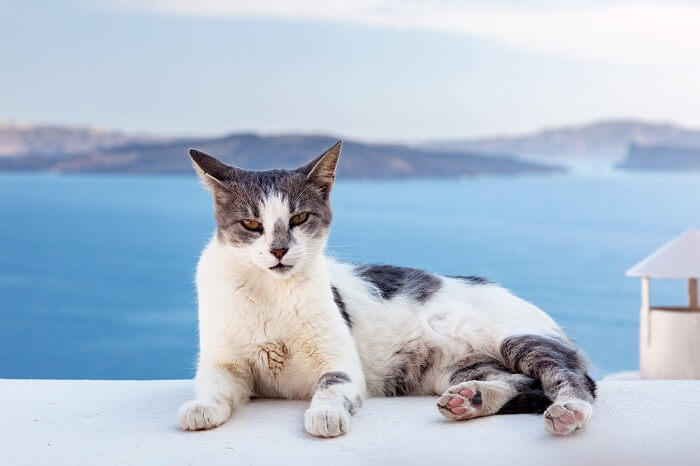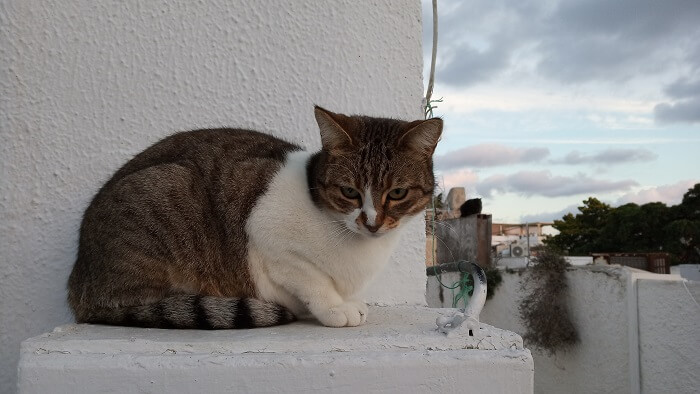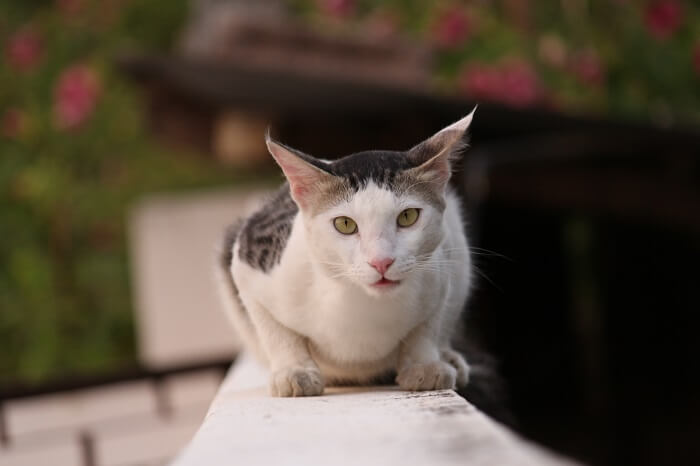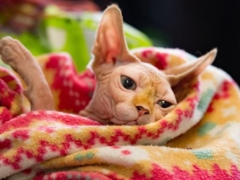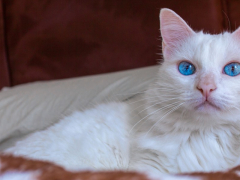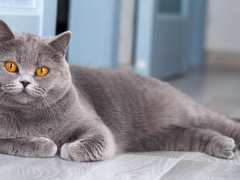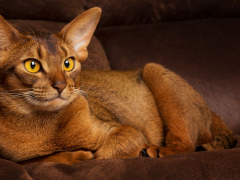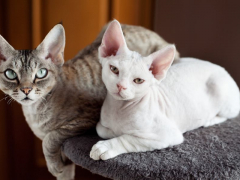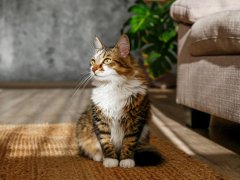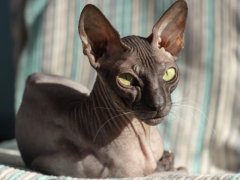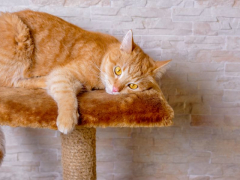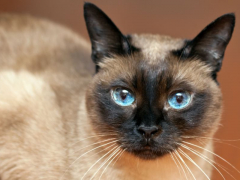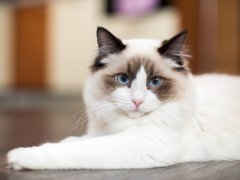Personality and Temperament
The Aegean cat is one of the oldest natural domestic cat breeds in existence. By natural cat breed, we mean to say that this cat was developed without human input.
Aegeans are a relatively rare cat breed outside their native islands. Aegean cats typically have medium hair length, and are of medium size.
Aegean cats are friendly and intelligent. Over the millennia, they have developed a fondness for humans; in Greece and the surrounding islands, they are valued for their rodent catching skills, and are often treated to bits of food by fishermen and other residents. These cats make excellent family pets, as they like almost everyone.
Aegean cats are notably chatty – they have a tendency to enjoy long conversations with their people. Talk to an Aegean cat, and there likely to reply with happy chirps and meows.
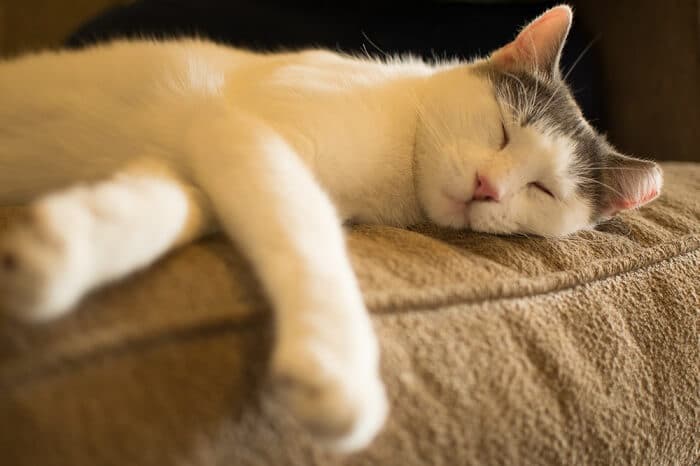
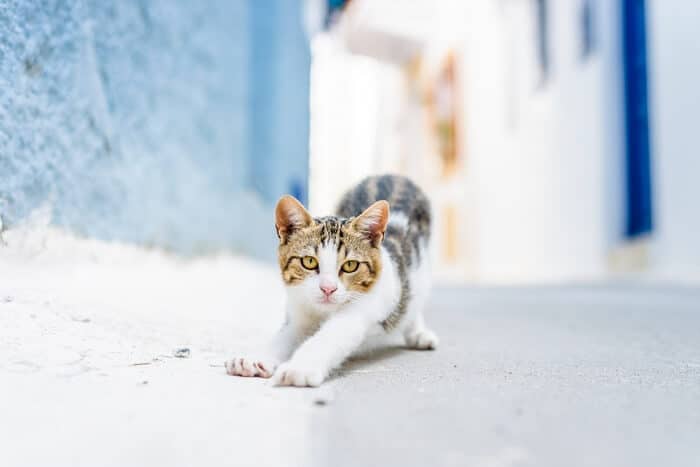
Care
Nutrition
Grooming
Exercise
Health
Aegean cats have no special nutritional needs in comparison with other domesticated cat breeds. We recommend feeding your cat a high-quality food. Remember to keep fresh water available at all times, too – and don't be surprised if the Aegean cat enjoys dipping their paws in the water dish!
Since the Aegean cat has a medium-length coat, regular grooming is essential – not just to cut down on shedding, but to reduce the potential for hairballs. Use a slicker brush to remove excess hair from your cat's coat 2 to 3 times per week. Not only will you notice far less shedding, the time you spend grooming your cat will strengthen your bond.
Like all other cats, the Aegean benefits from regular dental care. You may also wish to treat your pet to regular nail trims.
Left to their own devices, Aegean cats often choose napping over playtime and exploration. Encourage your cat to exercise by offering a cat tree that can double as a favorite nap spot. Toys – particularly interactive ones such as wands and lasers can bring out your cat's playful side and help prevent obesity.
As the Aegean cat developed on its own without outside influences, it is naturally healthy, with no known health issues.
History
Aegean cats have a history that dates back thousands of years. They are believed to have originated in the Cycladic Islands.
Archaeological evidence suggests that these cats may have been domesticated about 10,000 years ago on the island of Cyprus, which is just off the coast of Greece. If it’s true that ancient people shared their lives with these felines, they are truly one of the oldest cat breeds in existence today.
DNA evidence suggests that Aegean cats share common ancestry with the Angora and other Turkish cat breeds. It's likely that they found their way to Greece and islands throughout the Aegean Sea by hopping aboard the fishing and trading vessels that frequented the region.
The Aegean cat has only been recognized as a unique cat breed since the 1990s – so it’s both a “new” cat breed and an ancient one!
